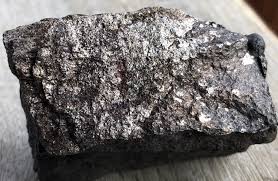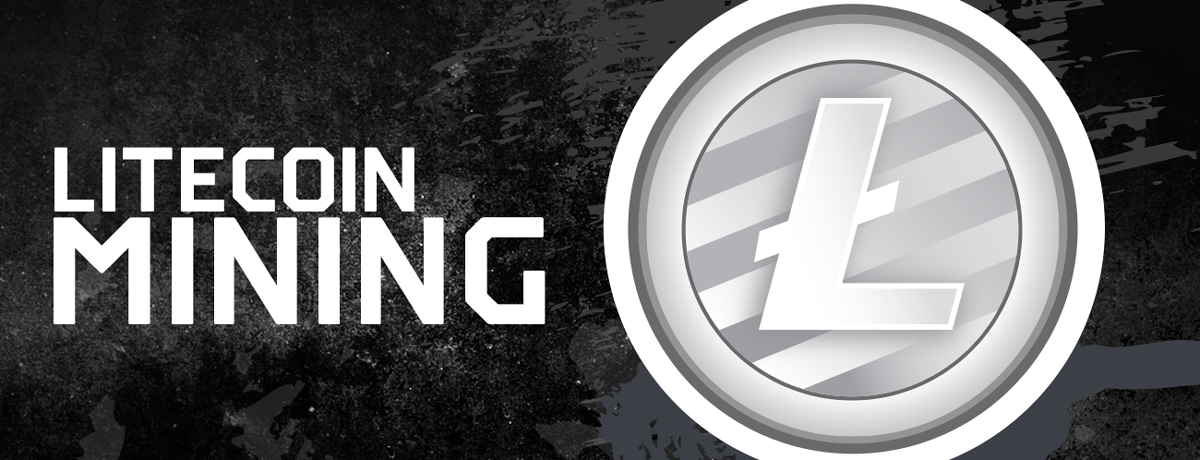Lithium, a soft, silvery-white alkali metal, has gained immense importance in recent years due to its crucial role in the production of batteries, particularly for electric vehicles (EVs) and renewable energy storage systems. As the world shifts toward greener technologies, lithium has emerged as a key player in the transition to a sustainable future. This article explores the properties of lithium, its sources, applications, and the challenges and opportunities associated with its extraction and use.
Properties of Lithium
Lithium is the lightest metal and has unique properties that make it ideal for various applications:
- Low Density: Lithium is the least dense metal, which makes it valuable in applications requiring lightweight materials.
- High Electrochemical Potential: Its ability to store and release energy efficiently makes it a preferred choice for battery production.
- Corrosion Resistance: Lithium is resistant to corrosion, allowing it to function effectively in diverse environments.
Sources of Lithium
Lithium is primarily obtained from two main sources:
- Lithium Brines: These are salty waters found in underground reservoirs, especially in regions known as “lithium salt flats.” The largest deposits are located in the Lithium Triangle of South America, which includes parts of Chile, Argentina, and Bolivia. Lithium brines are pumped to the surface, where water evaporates, concentrating the lithium for extraction.
- Hard Rock Mining: Lithium can also be extracted from hard rock deposits, primarily spodumene (LiAlSi₂O₆), a lithium-rich mineral. Countries like Australia are leading producers of lithium from hard rock mining, utilizing methods that involve crushing and chemical processing.
Applications of Lithium
Lithium’s unique properties lend themselves to a wide range of applications:
- Batteries: The most significant use of lithium is in lithium-ion batteries, which power everything from smartphones to electric vehicles. These batteries are known for their high energy density, longevity, and lightweight characteristics.
- Energy Storage: As renewable energy sources like solar and wind become more prevalent, lithium-ion batteries are increasingly used in energy storage systems to balance supply and demand.
- Aerospace and Defense: Lithium is utilized in lightweight alloys and batteries for aerospace applications, where weight reduction is critical.
- Pharmaceuticals: Lithium compounds are employed in the treatment of certain mental health conditions, such as bipolar disorder.
- Glass and Ceramics: Lithium enhances the thermal and mechanical properties of glass and ceramics, making it valuable in these industries.
Economic Significance
The global demand for lithium has skyrocketed in recent years, driven by the rise of electric vehicles and the need for energy storage solutions. Major lithium-producing countries include:
- Australia: The largest producer of lithium, primarily from hard rock mining.
- Chile: Known for its vast lithium brine deposits.
- China: A major player in both lithium extraction and battery manufacturing.
The economic impact of lithium mining includes job creation, investment in infrastructure, and significant contributions to local and national economies.
Environmental Considerations
Despite its benefits, lithium extraction and production pose environmental challenges:
- Water Use: Lithium brine extraction can consume significant amounts of water, raising concerns in arid regions where water resources are limited.
- Land Degradation: Mining activities can lead to habitat destruction and landscape alteration.
- Chemical Pollution: The chemical processes used in hard rock lithium extraction can result in soil and water contamination if not managed properly.
- Carbon Footprint: The production of lithium batteries involves energy-intensive processes, contributing to carbon emissions.
Innovations and Sustainable Practices
As the demand for lithium grows, so does the emphasis on sustainable mining practices and innovations:
- Recycling: Developing methods to recycle lithium from used batteries can reduce the need for new lithium extraction and minimize waste.
- Brine Management: Improvements in the management of water resources during lithium extraction can mitigate environmental impacts.
- Alternative Sources: Research into alternative lithium sources, such as geothermal brines and clay deposits, aims to diversify supply and reduce environmental footprint.
- Circular Economy: Efforts to create a circular economy around lithium batteries—focusing on reuse, recycling, and sustainable design—are gaining momentum.
Conclusion
Lithium is a vital resource in the transition to a sustainable future, powering technologies that reduce carbon emissions and promote renewable energy. While its extraction and production present environmental challenges, innovations in sustainable practices and recycling hold promise for minimizing these impacts. As the global demand for lithium continues to rise, balancing economic growth with environmental stewardship will be essential in ensuring a responsible and sustainable lithium industry. By embracing these principles, we can harness the potential of lithium to drive the green revolution and create a more sustainable world.



